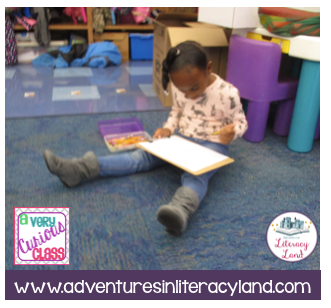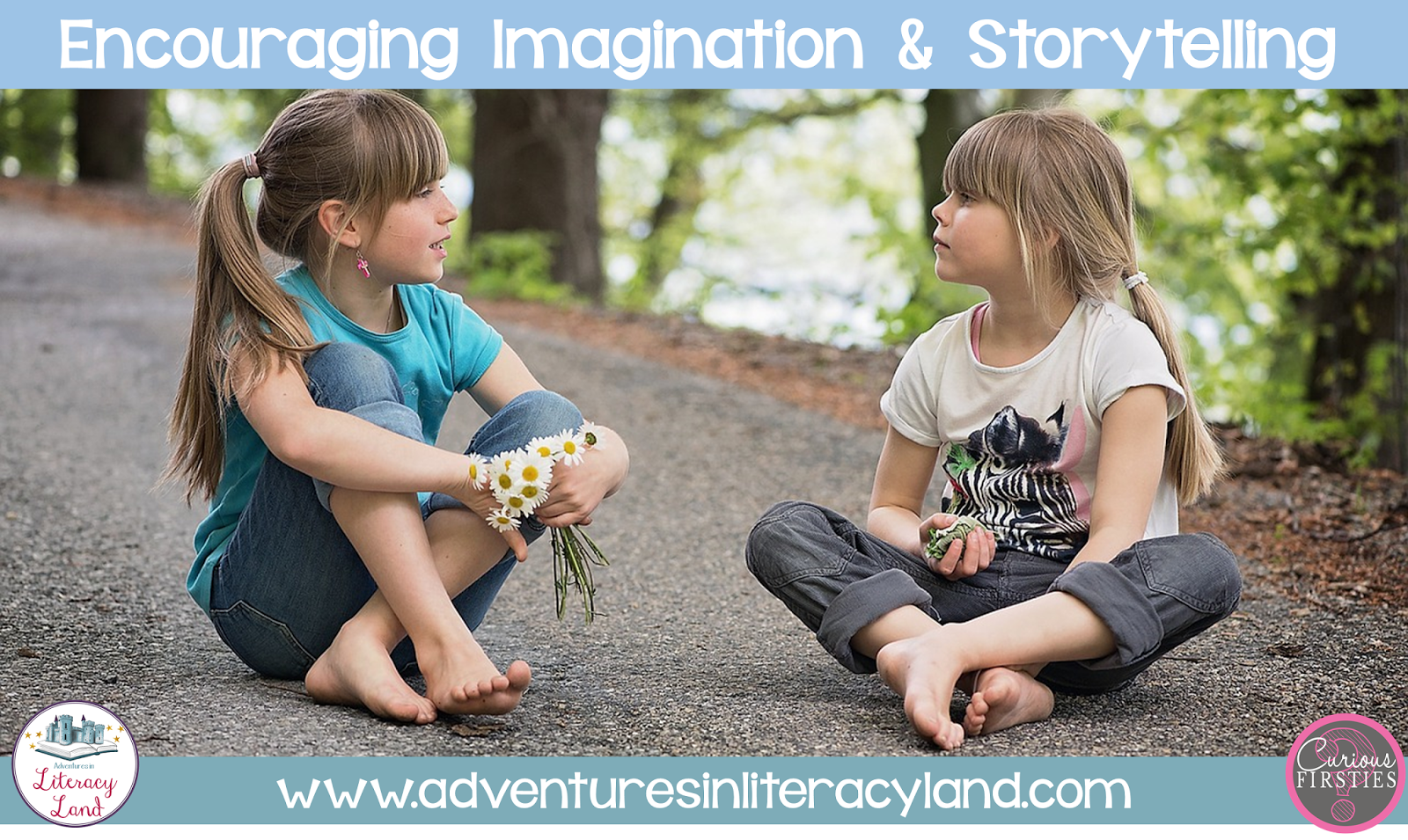As a teacher, what has been your biggest challenge to overcome? Perhaps it's been juggling planning and prep with a busy schedule. Maybe it's been working with the child in the classroom who never has homework, always needs to use the bathroom or run and errand, and never stops talking. It might even be working with difficult parents. In my situation, the obstacle I lose more sleep over and stress about is reaching what Donalyn Miller in The Book Whisperer calls, "The Dormant Reader". Yes, I have worked with all reader types throughout my teaching career, but this one is personal. This one is one of my own in my own home.

Keeping Them Motivated To Write
This year, my students are struggling with writing. Most of them do not enjoy writing, but I think for many of them it is because they struggle with it. With the holidays approaching and interest in school dwindling in favor of all things snow and Santa, I wanted to find ways to make writing exciting in hopes that the excitement will carry over into the new year.

Wants and Needs and Knowing the Difference
WANTS and NEEDS and knowing the difference is a Kindergarten Standard of Learning in Virginia. It's sounds impossible, but it can actually be a really fun unit for kindergartners. They understand the concept of "want," so you really just need to help them think about what they need. I like to teach this unit between Thanksgiving and Winter Break.

A Quick & Easy Way to Teach Vocabulary
I want to share my favorite vocabulary activity with you! One of the great things about this Vocabulary Graphic Organizer is that it can be used K-5 and across all subject areas. There is a free copy of the organizer later in this post.

Kids Creating: Games For Learning
My students love to play games, but I was struggling to keep up with them in terms of differentiation and keeping it fresh. One morning on my way to work, I had a brainstorm: Why can't they help make games to meet their needs?!?

Encourage Imagination and Oral Storytelling with Spot
With each new set of students that we meet each year, one thing has become increasingly evident: oral language needs to be strengthened. This could be for a number of reasons: more screen time, meals on the go, less playtime (recess too), or other changes in a culture. But regardless of the reasons, as teachers we have to support language development. Without oral language skills, comprehension, writing, and math explanations are much more difficult. So what can we do?

Five Unique Ways to Build Reading Fluency
Reading is like riding a bike. You watch little ones beginning to ride a bike, they're wobbling all over the place. But as we practice and practice and practice, we don't even think about peddling anymore. Eventually we can ride with no hands. – G. Reid
Students' reading fluency develops just like bike riding skills. Our little ones start off reading word by word with occasional "falls", but with lots of practice, they gain speed and momentum to glide along and make meaning. The challenge of reading fluently requires several subskills in order for a reading to experience fluency success. What are those skills?
Subscribe to:
Posts (Atom)











